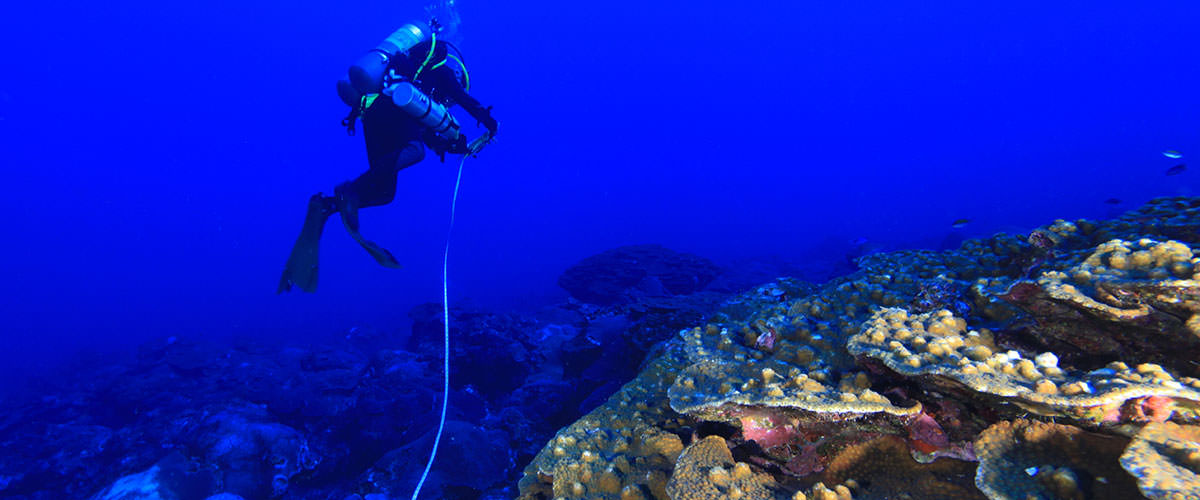Research

Research projects within the sanctuary system allow social scientists to address other socioeconomic information needs that are not recognized through site characterization and monitoring.
There are few institutions in place that collect socioeconomic information on the uses and users of coastal and ocean resources beyond commercial and recreational fishing. But even for fishing, the information is generally incomplete or not available at spatial resolution required for ecosystem management. Generally, surveys are required to support "Characterization", "Monitoring", and "Research" in national marine sanctuaries.
Research goes beyond basic ‘characterization’ and ‘monitoring’ to model how uses/users and user values change with changes in conditions of the sanctuary’s natural and/or cultural resources. This type of research generally requires integrating the biophysical and social sciences. NOAA’s National Centers for Coastal Ocean Science and Office of Response and Restoration are key partners with the Office of National Marine Sanctuaries, as are elements of NOAA’s Fisheries Service, in conducting integrated ecosystem assessments.

